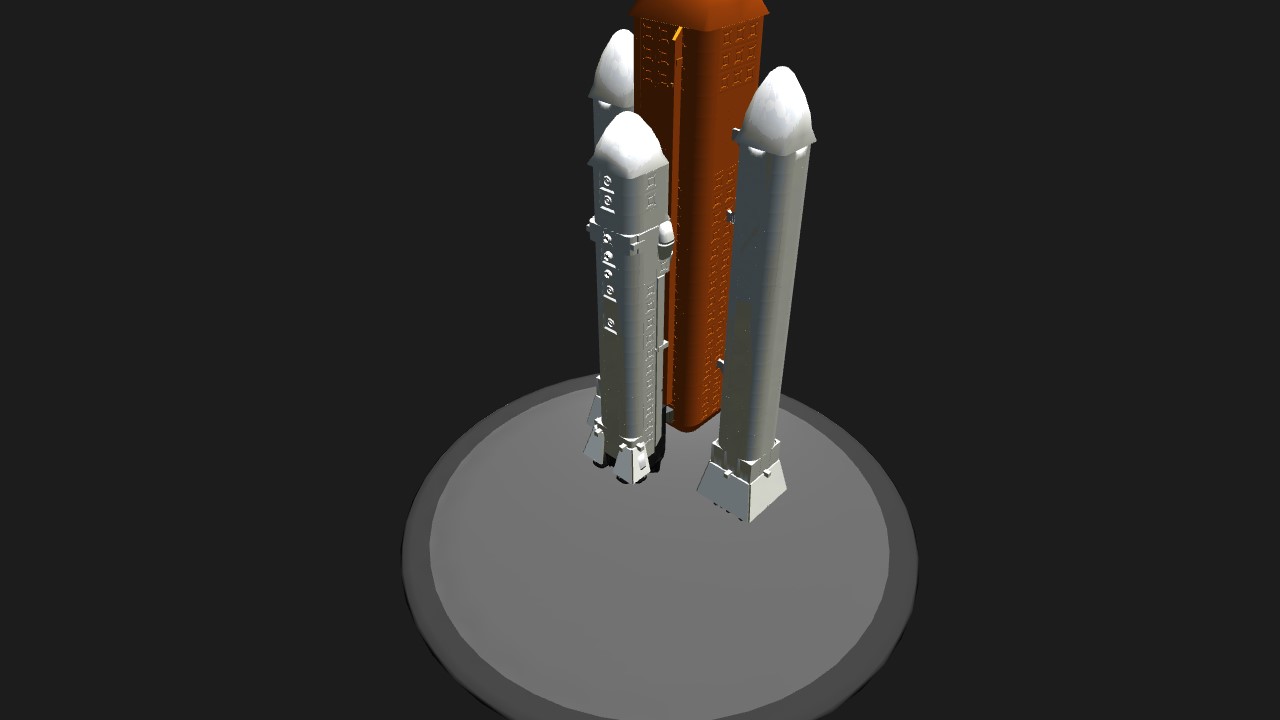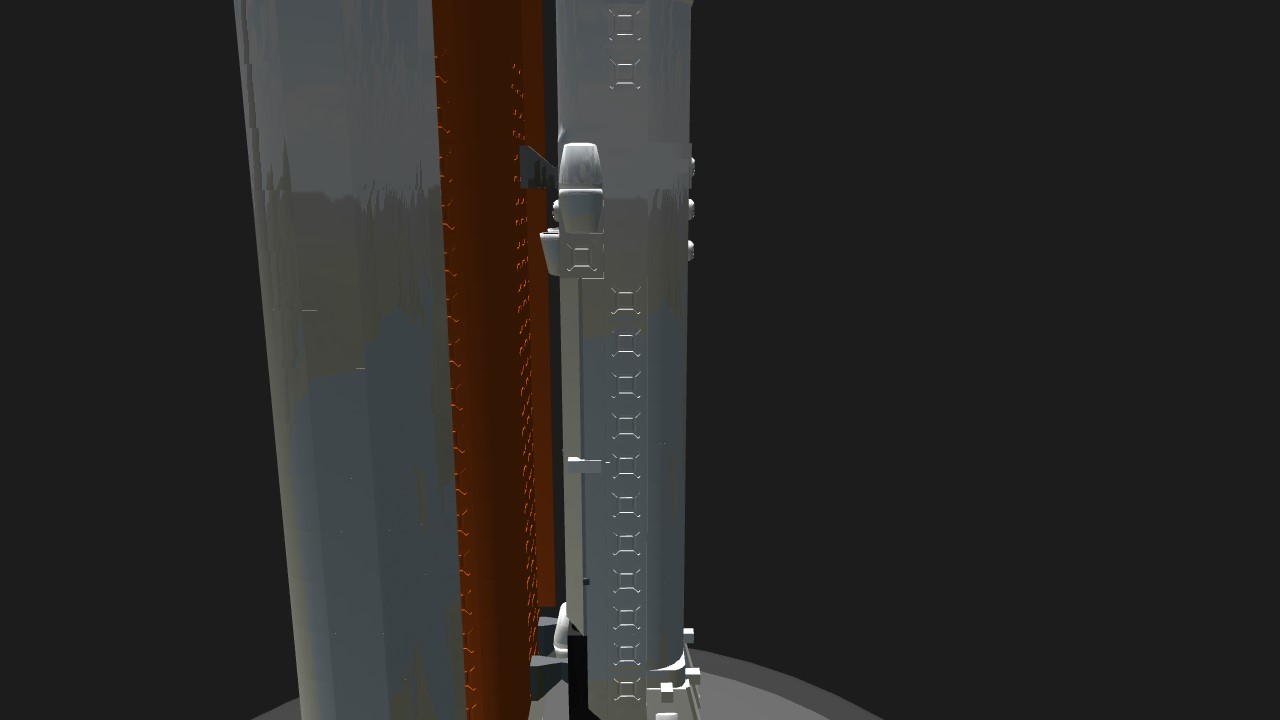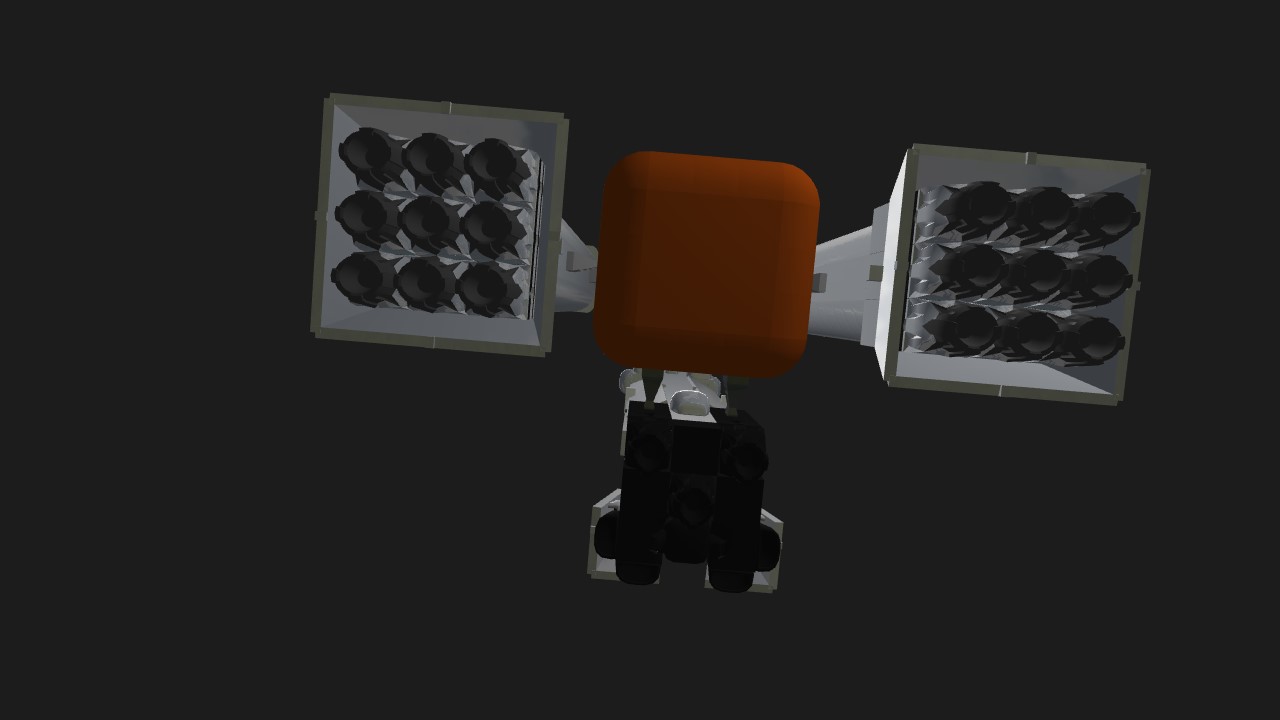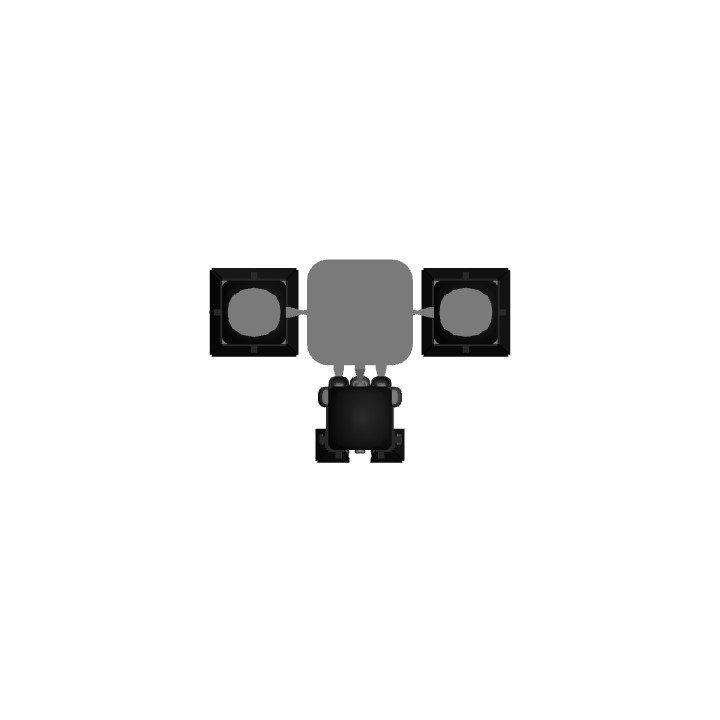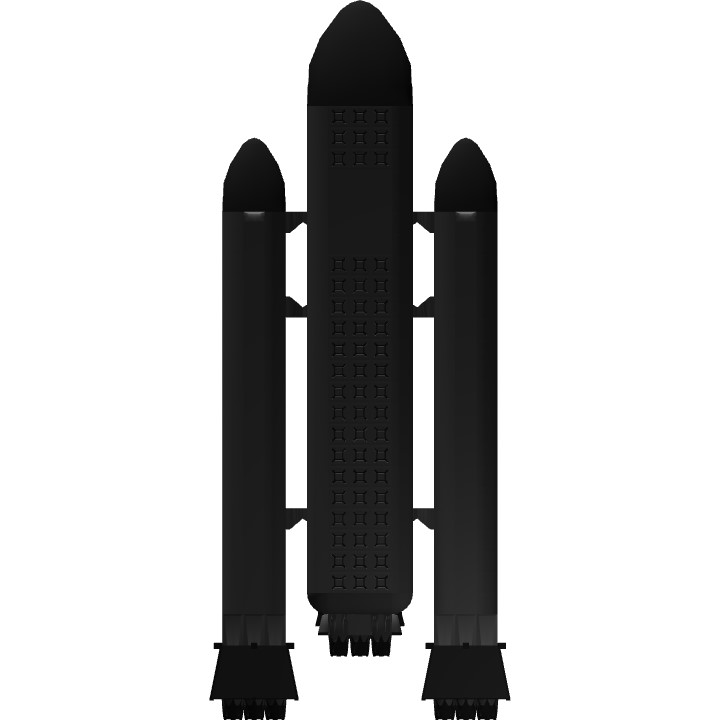The Shuttle-C was a NASA proposal to turn the Space Shuttle launch stack into a dedicated unmanned cargo launcher. This would use the Space Shuttle external tank and Space Shuttle Solid Rocket Boosters (SRBs), combined with a cargo module that would attach to Shuttle hardpoints and include the Space Shuttle Main Engines. Various Shuttle-C concepts were investigated between 1984 and 1995.
The Shuttle-C concept would theoretically cut development costs for a heavy launch vehicle by re-using technology developed for the shuttle program. The proposal involved using, at various times, existing spaceframes, Space Shuttle Main Engines that had reached maintenance lifetime limits, and spare navigation computers. One proposal even involved converting the Columbia or Enterprise into a single-use cargo launcher. Before the loss of Space Shuttle Challenger, NASA had expected about 14 shuttle flights a year. In the aftermath of the Challenger incident, it became clear that this launch rate was not feasible for a variety of reasons. With the Shuttle-C, it was thought that the lower maintenance and safety requirements for the unmanned vehicle would allow a higher flight rate.
This is mainly a model and does not fly well at all.
Specifications
General Characteristics
- Created On iOS
- Wingspan 22.7ft (6.9m)
- Length 15.6ft (4.8m)
- Height 55.8ft (17.0m)
- Empty Weight 65,404lbs (29,667kg)
- Loaded Weight 104,086lbs (47,212kg)
Performance
- Power/Weight Ratio 2.461
- Wing Loading 268.3lbs/ft2 (1,309.8kg/m2)
- Wing Area 388.0ft2 (36.0m2)
- Drag Points 72205
Parts
- Number of Parts 964
- Control Surfaces 0
- Performance Cost 1,789
- Log in to leave a comment
-
2,965 600548Thanks for the rating @Teus10.0 years ago
-
18.8k TeusAwesome!10.0 years ago

